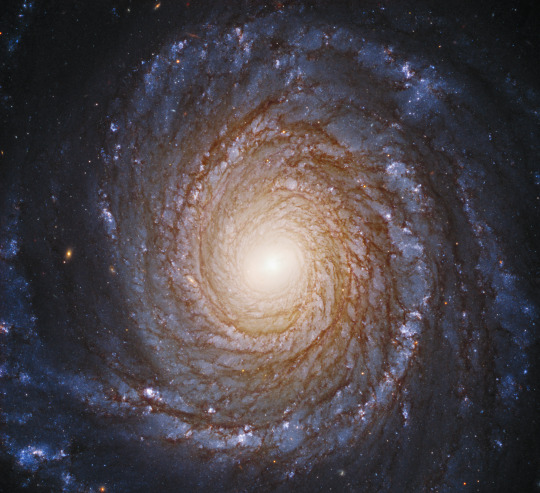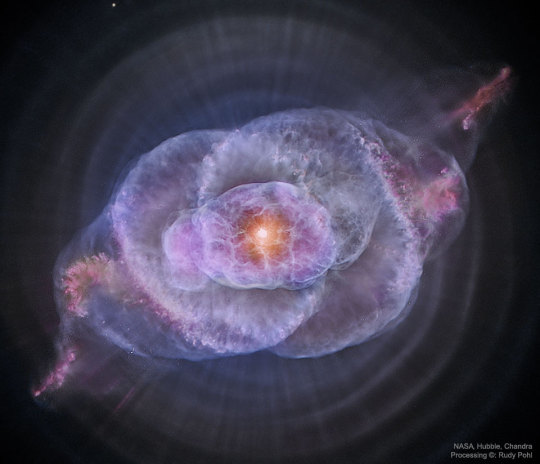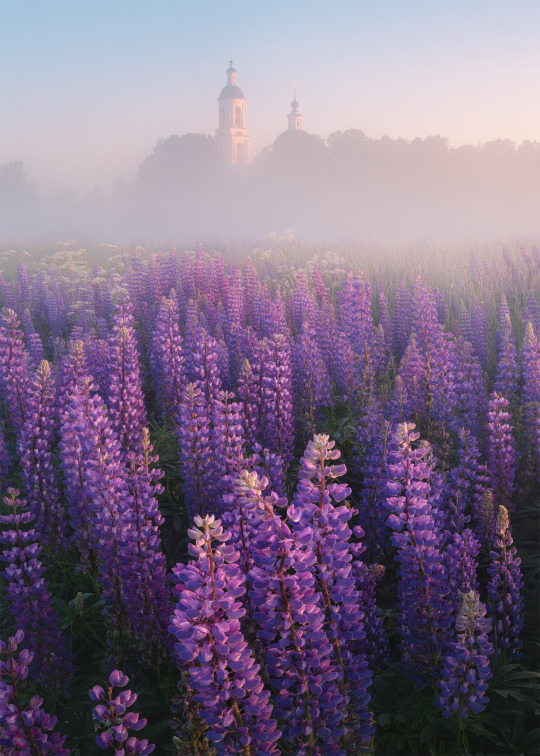Text

3 notes
·
View notes
Photo

Native grasses and Indian paintbrush sway to a soft breeze, Yellowstone National Park, Wyoming
© riverwindphotography, July 2022
1K notes
·
View notes
Photo

The graceful, winding arms of spiral galaxy NGC 3147 appear like a grand spiral staircase sweeping through space in this Hubble Space Telescope image.
The galaxy’s arms are long lanes of young blue stars, pink nebulas, and dust in silhouette. Spiral galaxies are actively forming stars and account for a large fraction of all the galaxies in the local universe.
Credit: NASA, ESA, S. Bianchi (Università degli Studi Roma Tre University), A. Laor (Technion-Israel Institute of Technology), and M. Chiaberge (ESA, STScI, and JHU).
178 notes
·
View notes
Photo

Geminids from Gemini : Where are all of these meteors coming from? In terms of direction on the sky, the pointed answer is the constellation of Gemini. That is why the major meteor shower in December is known as the Geminids – because shower meteors all appear to come from a radiant toward Gemini. Three dimensionally, however, sand-sized debris expelled from the unusual asteroid 3200 Phaethon follows a well-defined orbit about our Sun, and the part of the orbit that approaches Earth is superposed in front of the constellation of Gemini. Therefore, when Earth crosses this orbit, the radiant point of falling debris appears in Gemini. Featured here, a composite of many images taken during the 2020 Geminids meteor shower shows over 200 bright meteorss that streaked through the sky during the night December 14. The best meteor shower in November, the Leonids, peaks tonight and tomorrow. Unfortunately, this year, dim meteors during the early-morning peak will be hard to see against a sky lit by a bright gibbous moon. Still, a few bright Leonid meteors should be visible each hour. via NASA
1K notes
·
View notes
Photo

The Cats Eye Nebula in Optical and X-ray : To some it looks like a cat’s eye. To others, perhaps like a giant cosmic conch shell. It is actually one of brightest and most highly detailed planetary nebula known, composed of gas expelled in the brief yet glorious phase near the end of life of a Sun-like star. This nebula’s dying central star may have produced the outer circular concentric shells by shrugging off outer layers in a series of regular convulsions. The formation of the beautiful, complex-yet-symmetric inner structures, however, is not well understood. The featured image is a composite of a digitally sharpened Hubble Space Telescope image with X-ray light captured by the orbiting Chandra Observatory. The exquisite floating space statue spans over half a light-year across. Of course, gazing into this Cat’s Eye, humanity may well be seeing the fate of our sun, destined to enter its own planetary nebula phase of evolution … in about 5 billion years. via NASA
1K notes
·
View notes
Video
Europa & Io passing over Jupiter’s Great Red Spot, shot from space probe Cassini.
38K notes
·
View notes






